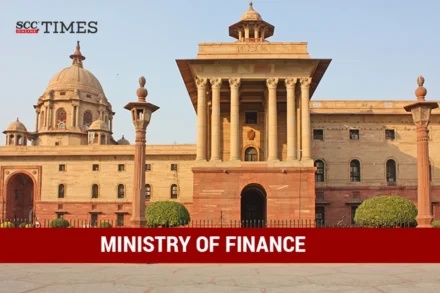
Government Launches Unified Pension Scheme to Enhance Retirement Benefits
On June 18, 2025, the Ministry of Finance, in collaboration with the Department of Financial Services, unveiled the Unified Pension Scheme (UPS) to modernize retirement benefits for Central Government employees. This initiative aims to harmonize pension entitlements under the National Pension System (NPS) by extending crucial financial protections such as retirement gratuity and death gratuity. The reform marks a significant shift in social security policies, addressing long-standing disparities between the NPS and the erstwhile Central Civil Services (CCS) pension framework. By integrating these benefits, the government seeks to ensure equitable retirement coverage for employees across all departments, particularly those who have served under the NPS. The UPS also introduces a one-time opt-in mechanism, allowing existing employees to transition seamlessly to the new system while preserving their accrued benefits. This move is expected to bolster financial security for retirees and their families, aligning the pension structure with contemporary labor standards.
Key Updates and Eligibility Criteria for the Unified Pension Scheme
The UPS rollout includes several pivotal updates, with the most notable being the option for Central Government employees to opt into the scheme. As announced on January 24, 2025, employees under the NPS can now choose to transition to the UPS, gaining access to enhanced gratuity benefits. This option is particularly beneficial for recruits joining the government from April 1, 2025, as they will be automatically enrolled under the UPS framework. The revised rules, effective from June 18, 2025, clarify that UPS participants will receive retirement and death gratuity in accordance with the CCS (Payment of Gratuity under NPS) Rules, 2021. These provisions ensure that employees receive financial safeguards equivalent to those under the Old Pension Scheme, closing a critical gap in retirement benefits. The Department of Pension and Pensioners’ Welfare further solidified these changes through an Office Memorandum, emphasizing the scheme’s role in promoting equity among government employees.
Implications of the Unified Pension Scheme for Retirees and Families
The introduction of the UPS is poised to transform the retirement landscape for Central Government employees, offering tangible improvements in financial stability. By incorporating retirement gratuity and death gratuity, the scheme ensures that retirees receive a lump-sum payment upon leaving service, while dependents benefit from continued financial support in the event of the employee’s demise. This dual-layered approach addresses concerns about the adequacy of pension payouts under the NPS, which previously lacked these provisions. The UPS also streamlines administrative processes, reducing bureaucratic hurdles for employees seeking to transition to the new system. For families of deceased employees, the death gratuity provides a crucial safety net, alleviating financial strain during vulnerable periods. These reforms reflect the government’s commitment to enhancing social security and ensuring that public servants are adequately protected in their post-retirement years.
Clarifications and Future Outlook for the Unified Pension Scheme
The Department of Pension and Pensioners’ Welfare issued detailed clarifications through an Office Memorandum on June 18, 2025, to address ambiguities surrounding the UPS implementation. The document outlines the eligibility criteria, procedural steps for opting into the scheme, and the financial implications for employees. These clarifications are critical for ensuring smooth adoption of the UPS, particularly among employees unfamiliar with the revised rules. The government has also emphasized the importance of stakeholder engagement, including consultations with employee representatives to gather feedback and refine the scheme further. Looking ahead, the UPS is expected to serve as a model for future pension reforms, balancing fiscal responsibility with the need for robust social security. As the scheme gains traction, its success will depend on effective communication, transparent implementation, and continuous evaluation to meet the evolving needs of Central Government employees.
Broader Impact on Government Pension Policies
The UPS represents a landmark shift in India’s pension policy landscape, bridging the gap between the NPS and the Old Pension Scheme. By integrating key benefits such as gratuity, the government is addressing longstanding grievances among employees who felt the NPS lacked comprehensive financial protection. The reform also underscores the administration’s focus on equity, ensuring that all employees, regardless of their service tenure, receive fair treatment under the pension framework. This move is likely to influence state-level pension policies, as many states may adopt similar measures to improve retirement benefits for their employees. The UPS also sets a precedent for future reforms, emphasizing the need for a balanced approach that safeguards both fiscal prudence and employee welfare. As the scheme progresses, its impact on the broader pension ecosystem will become increasingly evident, shaping the future of retirement security for public sector workers.




